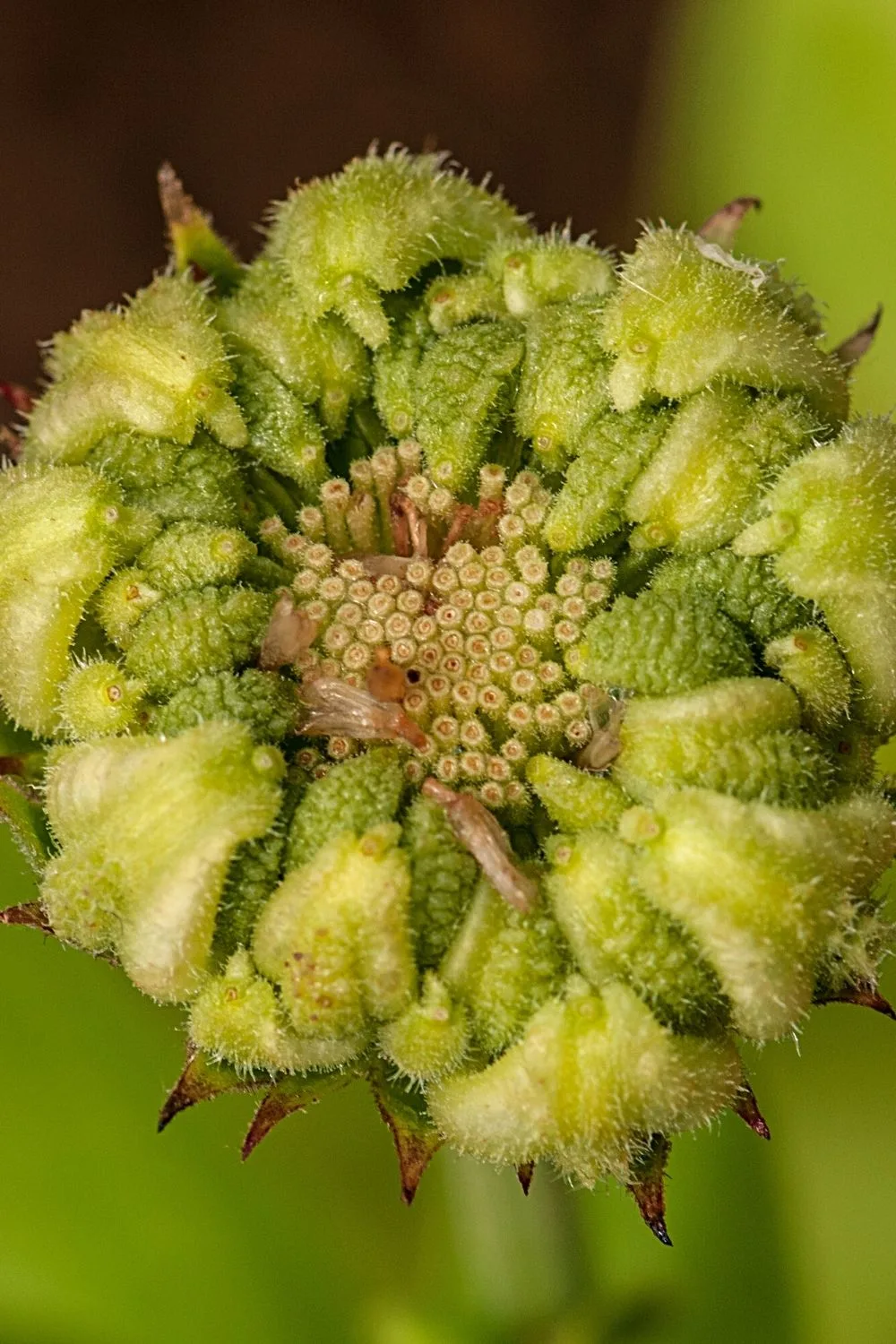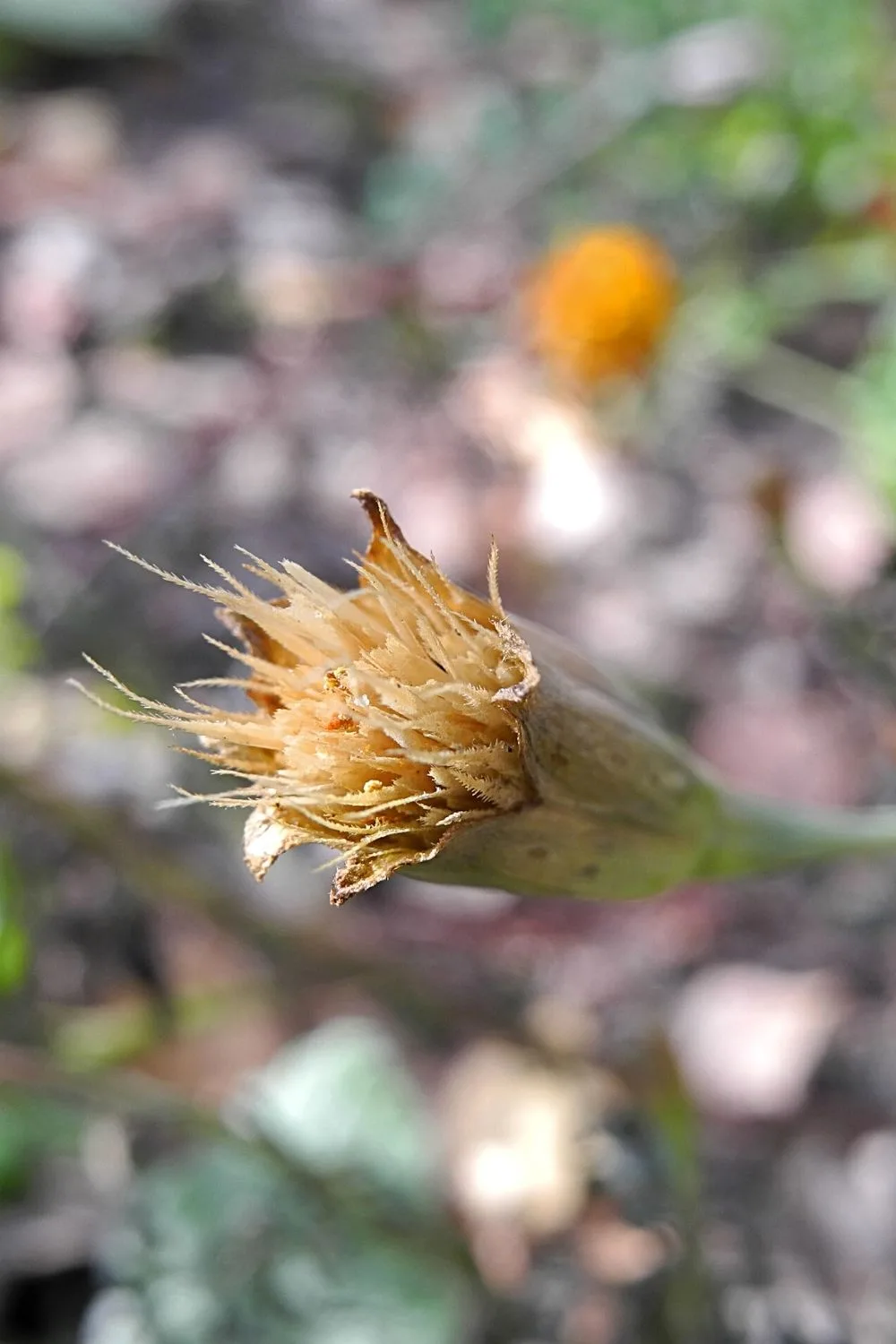Marigolds are prized for their colorful flowers and are known to come in many different sizes.
According to the University of Florida, Marigolds can bloom all summer and are easy to grow.
This plant has the ability to repel pests and is capable of attracting insects that are beneficial for some of your plants.
Marigolds usually require very little pruning, even though pinching them back allows the plant to grow bushier. But deadheading your plant will encourage it to continuously bloom
Table of Contents
How to Prune Marigolds
To prune your Marigold, follow the flower stem from the bottom until you reach the first set of leaves. Take a sterilized shear and cut the stem just before the part where the first set of leaves are. Make sure you do not damage the leaves since the same area will produce more stems and flowers.

How to Prune Marigolds
Pruning Marigolds
When you decide to prune your Marigolds, you must first examine the plant and check to see if there are any fading flowers.
When you examine the marigold flowers, look for petals whose tips are brown and curling or even the green centers on the flowers.

Check the marigold’s flowers for curling and browning tips or the greening of its centers
The green center in the flower indicates that your plant is about to develop a seed pod. If your Marigolds begin forming seeds, they’ll stop blooming.

If your marigold starts developing a green center, it’s growing a seed pod
Thus, you must prune off any flowers that have brown curling on the tips of the petals and have started developing green centers.
To prune off your Marigold plant, follow down the flower stem till your reach the first set of leaves. This is the perfect spot for pruning the plant.

To prune your marigold plant, follow down its flower stem until you reach the first set of leaves
Proceed to cut off the stem with your secateurs or just snap off the stalk.
Make sure you don’t damage any of the leaves, as the same area will begin to produce more stems and flowers during the growing season.
You can also pinch back any stem that seems to be growing too weakly or too long. Pinching back such stems encourage your plant to grow bushier, and it will produce more flower buds.
Cut off any diseased stems, leaves, and flowers. You should prune your Marigolds heavily annually and do this by removing at least two-thirds of every stem after the Marigold has stopped blooming.
You can also prune your Marigold before you start to see any major growth start to emerge again.
You won’t need a lot of training to prune Marigolds since it is an easy process that can even be done using your hands.
You can choose to use pruners or simply pinch off any faded flower heads.

When pruning your marigolds, you can either use pruners or pinch off the faded flower heads with your hands
You must make sure to snip off any flower pods that start developing behind your flowers. This is because that can stunt the growth of the blooms.
As time passes, continuously make an effort to remove faded flowers continuously from the plant to promote growth.
Different Types of Tools Used for Pruning Marigolds
Ratchet Pruning Secateurs
Secateurs of this type requires you to put in less force. This is because the mechanism of the tool allows you to prune your plant by the squeeze and release mechanism.
You simply need to squeeze and release the handle multiple times before you cut through a stem.
Every single time you perform this mechanism, the secateurs will click and hold its blades in place for you.
This allows you to gradually make your way through the stem without having to cut it in one go.
Fiskars Geared Secateurs
This type of secateur has a mechanism that allows you to cut through a stem a lot easier than other tools.
These secateurs are easy to use as compared to ratchet secateurs since the mechanism is a lot simpler.
You can find these secateurs in two different blades, one being an anvil and the other a bypass blade.
Cut and Hold Pruners
Cut and hold pruners will hold the stem that has been cut off so that it does not fall down.
This means your cutting won’t end up in your bushy plants, which allows you to focus on pruning and less on picking the cuttings up.
Comfort Ratchet Pruners
The comfort ratchet pruner is considered to be of great use since it has anvil and bypass blades.
The secateurs are also available in three sizes, which means you can easily find a model that fits your hand size.
Battery Powered Secateurs
Battery-powered Secateurs have handles that hold the battery and motor but are still lightweight.
This makes the tool simple to use and is great for pruning for those with a weak grip.
Plastic Ratchet Pruners Used for Heavy Duty Work
This type of pruner is made with sturdy materials, which causes it to be larger in size and much heavier than other pruners.
The blade on these secateurs is non-stick, can be sharpened using a diamond whetstone, and can easily cut stems that are up to twenty millimeters.
Lightweight Plastic Pruner with Ratchet
This type of pruner has been used for decades now and is still considered to be the most reliable tool in the market.
There are many producers of this tool, so the quality varies depending on what brand you’re using.
Power Gear Pruners (Made from Plastic)
This type of pruner is an alternate to ratchet secateur.
This is because it’s easy to use and is considered to be more robust since it gives a better mechanical advantage than ratchet secateur.
Rotating Handle Pruners
The type of pruner is considered to be a top-quality gardening tool since it reduces strain on the wrists.
They are mainly used by professional gardeners that work full-time.
Variable Size Secateurs
The variable size secateur has the ability to adjust in size to fit the user’s hand size. They are good for people who own a minimum number of gardening tools.
Since they are adjustable in size, it makes them much more comfortable to use as compared to other secateurs.
The variable size secateur can be used by both left and right-handed gardeners.
‘Big Softies’ Scissors
This type of scissors is just as easy to use as regular scissors. They are known to have large soft handles, which makes them easy to grip onto and more comfortable to use.
The blade on these scissors is thin and long, which makes them perfect for cutting stems from bushy plants.
Frequently Asked Questions about How to Prune Marigolds
How tall must my Marigold be before I prune it?
The best time to prune your Marigold is when it’s 6-8 inches in height. Pruning the foliage tips and new buds will encourage your plant to branch out.
When should I prune my Marigold?
It is best to prune your Marigold during the growing season since they bloom the most from spring till autumn.

Daniel has been a plant enthusiast for over 20 years. He owns hundreds of houseplants and prepares for the chili growing seasons yearly with great anticipation. His favorite plants are plant species in the Araceae family, such as Monstera, Philodendron, and Anthurium. He also loves gardening and is growing hot peppers, tomatoes, and many more vegetables.


